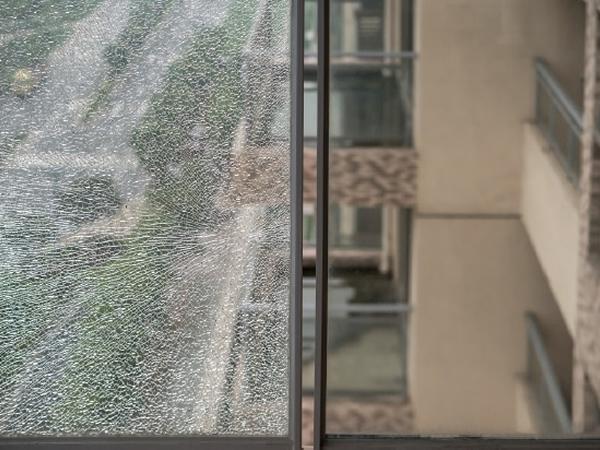Others also read
| This year the special show will address the four focal themes Interactive Façades/Display Glass, Energy and Performance, Structural Glass and New Technologies.
| The author proposes a simple surface quality test using a standard window cleaning scraper and common smartphone or shop microscope.
| Arup are consulting engineers for a series of recent projects involving curved glass: The High Roller observation wheel in Las Vegas and a revolving feature lift for the new Louis Vuitton townhouse in London.
| A facade shouldn’t just dictate how a building looks, but how it works — especially in the harsh climate of Saudi Arabia.
| XXL glasses expand the scope for design in architecture: view and admire at glasstec 2018 in Düsseldorf from 23 to 26 October 2018
| Glass is enhanced with added functions to form an integral part of the building network. We are still in the early stages of development.
| This article will focus on the edge stability of PVB and ionoplast laminates and address the potential causes of blemishes.
| A modular system allows you to create a larger design by joining glass panels together in a line.
| With the myriad of glass type available now, it is often confusing what to choose in terms of safety, thermal and solar performance and balancing cost with the benefits on offer.
| This blog post was written based on an interview with M.Sc. (Chem.) Santtu Jolkkonen, Sparklike's Service and Maintenance Manager, who has been working as technical support specialist for Sparklike over a decade.
| Case Studies of the Aesthetic Qualities and Possibilities of Glass in Architectural Design.
| Glass is a fantastic material… but sometimes it breaks.
| This paper presents a case study of an adaptive sunscreen facade and evaluation of its performance and occupant behavior.
| Structural glass can be used as a fantastic alternative to a traditional façade system.
| Glass has entered the sustainability vernacular in a big way, which is great news for builders.
| To provide stiffness, shading and privacy with abundant daylight and a feeling of openness for restaurant extensions and an entrance canopy to a London hotel, we used glass sandwich panels with aluminium honeycomb core.
| Learn about the first step we take in maintaining tempered glass quality standards.
| From flooring to roofing, there are many architectural uses for glass. But today, beyond your average glass fixtures and simple glass structures, buildings made entirely of glass are gaining popularity in major cities across the world.
| We’ll help you meet the spec with our knowledge of the glass tempering process.
| Minor edge damage during glass handling, a scratch or nick during installation, a design flaw, or a natural imperfection in the glass could all result in spontaneous breakage.
| When you install rooflights, you’re adding a host of benefits to your home. Rooflights can be installed in tight spaces where traditional windows cannot, they flood rooms with natural light and can be tailored to fitted in any home, in a wide variety of styles too.
| Skylights are a great way of letting that sunshine and natural light flood into your home.
| Low-e glass stands for low emissivity, whereas emissivity indicates the ability of a material to radiate energy.
| Cladding is more than just a protective skin on the exterior of a building.
| A green building is the hallmark of economically sound business decisions, thoughtful environmental decisions, and smart human impact decisions.

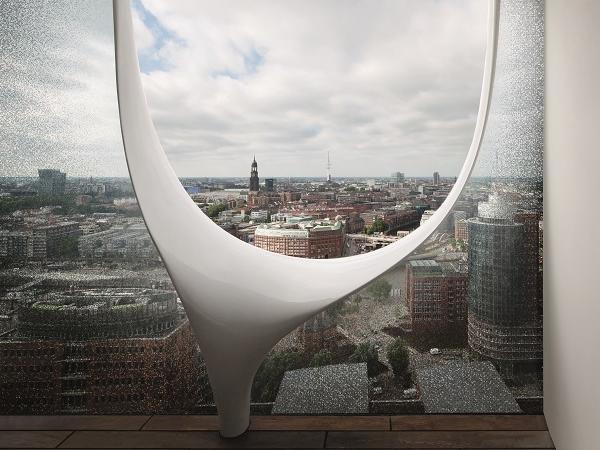

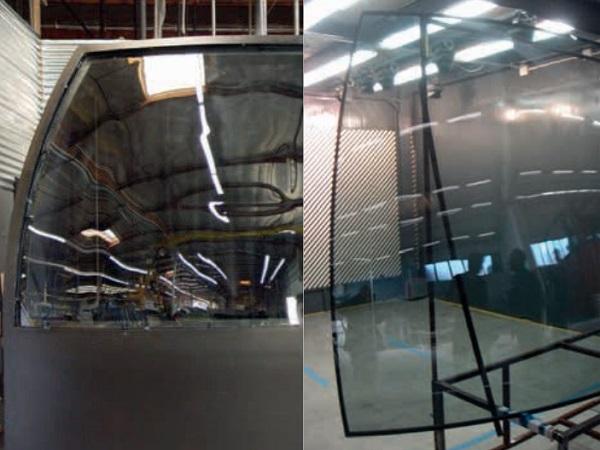
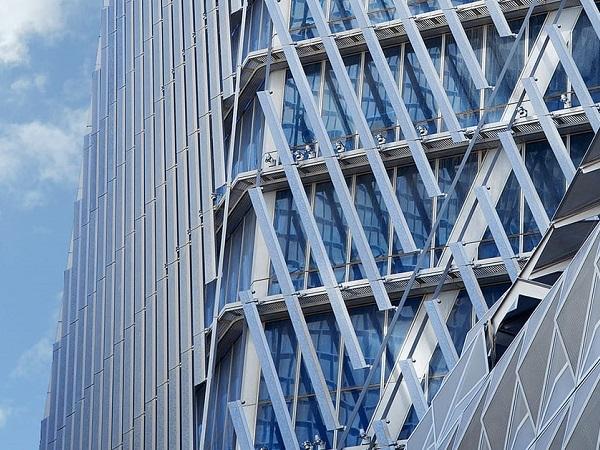



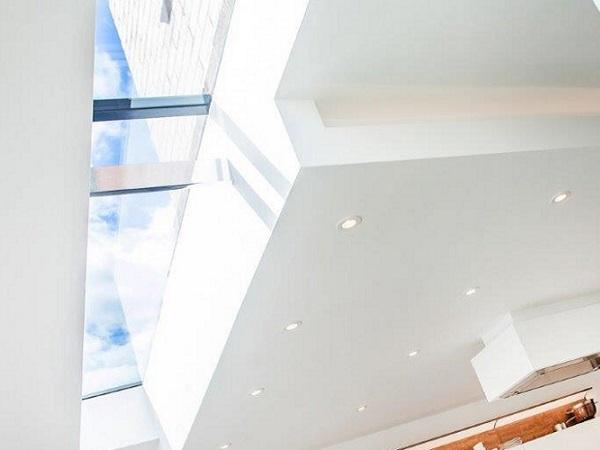
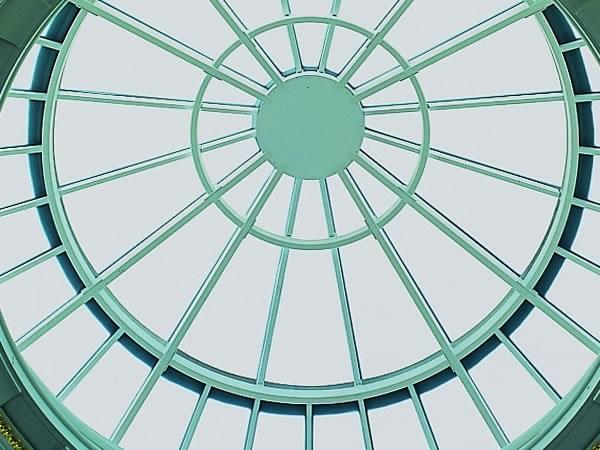


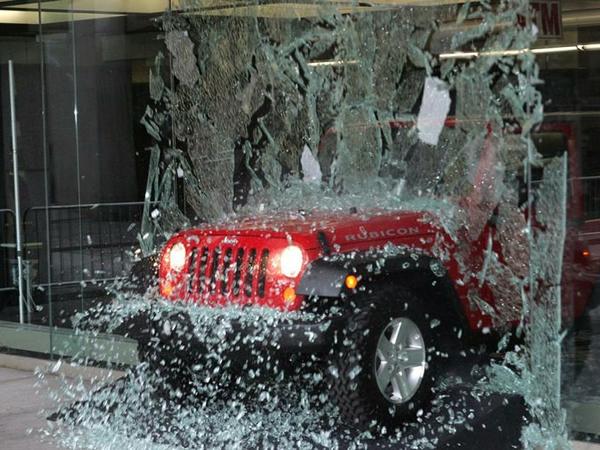

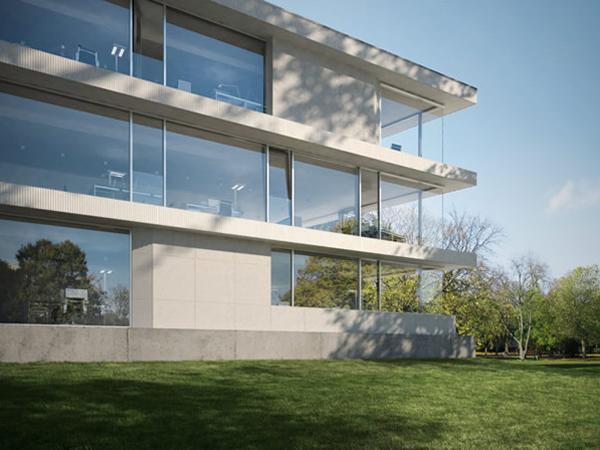
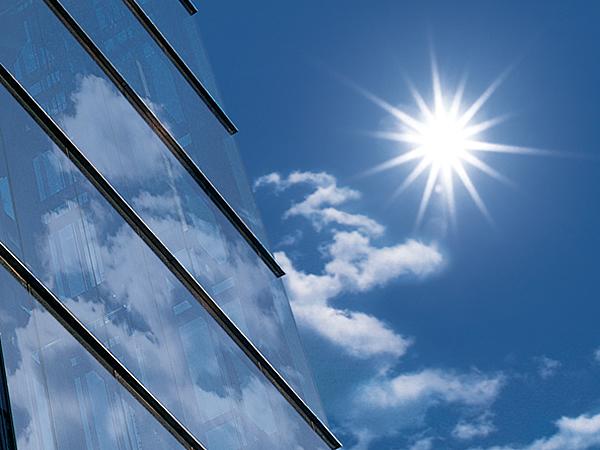
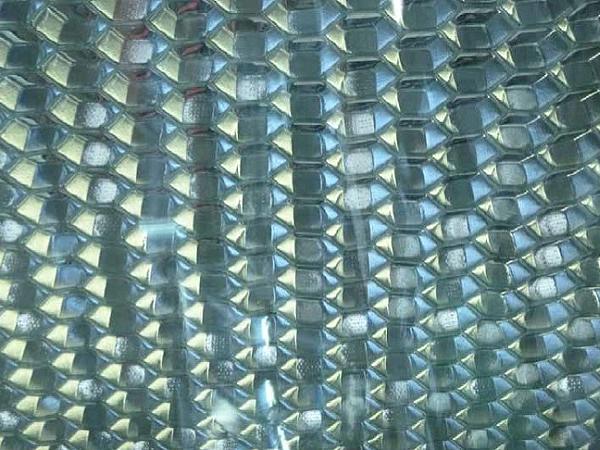


![Tempered Glass Specifications [Video & Transcript] Tempered Glass Specifications [Video & Transcript]](/sites/default/files/styles/6/public/articles/2017/HHH-Tempering.jpg?itok=P7frNEF5)
